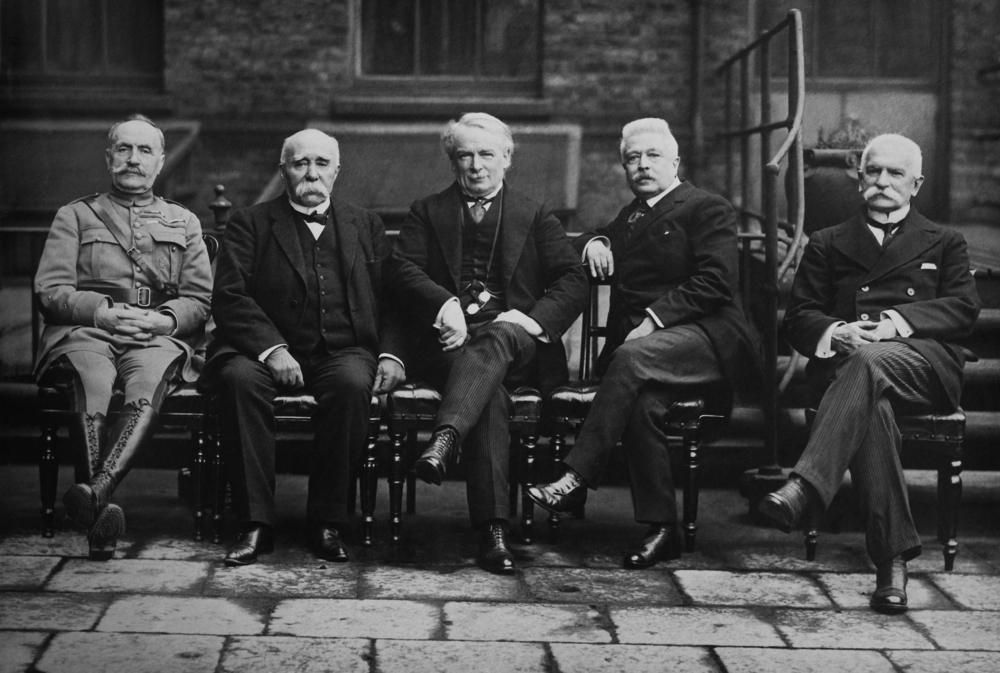The treaty that promised peace — and delivered Chaos
Others are reading now
The treaty that promised peace — and delivered Chaos.
A century since the Treaty of Versailles

106 years ago the victors of the First World War gathered in the opulent halls of Versailles to sign a treaty they believed would secure lasting peace.
Instead, the Treaty of Versailles, concluded on June 28, 1919, became a symbol of how not to end a war.
Its legacy still shapes international relations today.
From war to uneasy peace
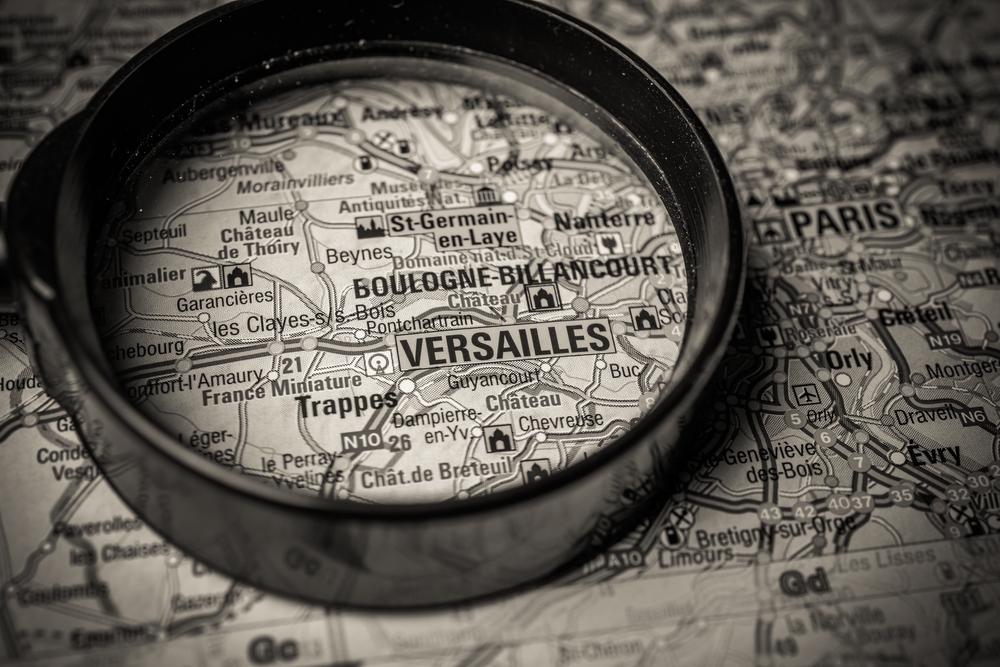
When the guns fell silent in November 1918, Europe was shattered. Four empires — the German, Austro-Hungarian, Russian, and Ottoman — had collapsed.
Also read
Into this chaos stepped the victorious Allies, who met in Paris in 1919 to design a new world order.
Their work would soon prove far more divisive than unifying.
The men who shaped the peace
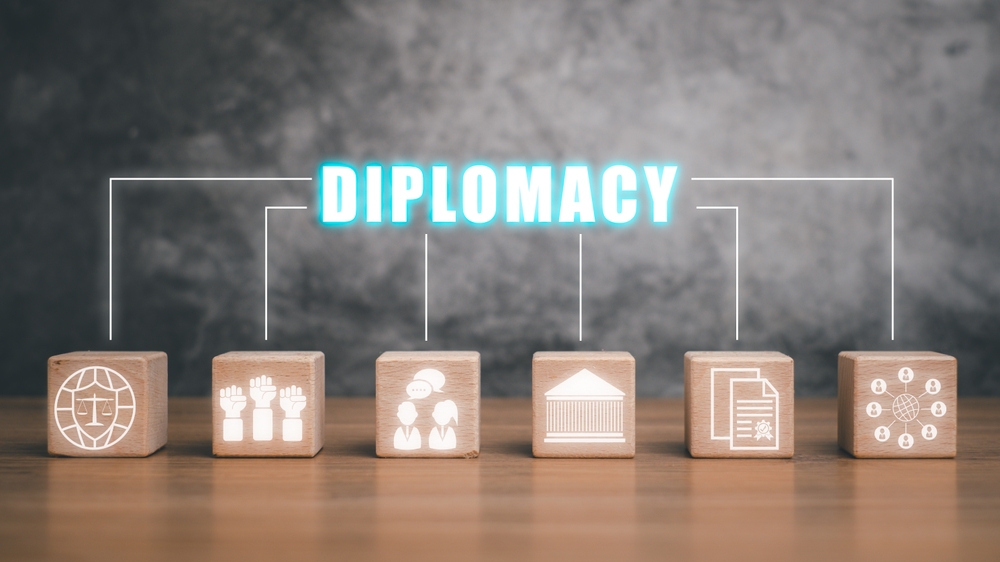
The conference was led by the so-called Big Four. French premier Georges Clemenceau, known as The Tiger, sought to weaken Germany so it could never threaten France again. Britain’s David Lloyd George tried to preserve a European balance of power.
America’s Woodrow Wilson pushed for democracy and a new League of Nations. Italy’s Vittorio Orlando had little influence, focused mainly on territorial claims.
Revenge, ideals, and competing visions
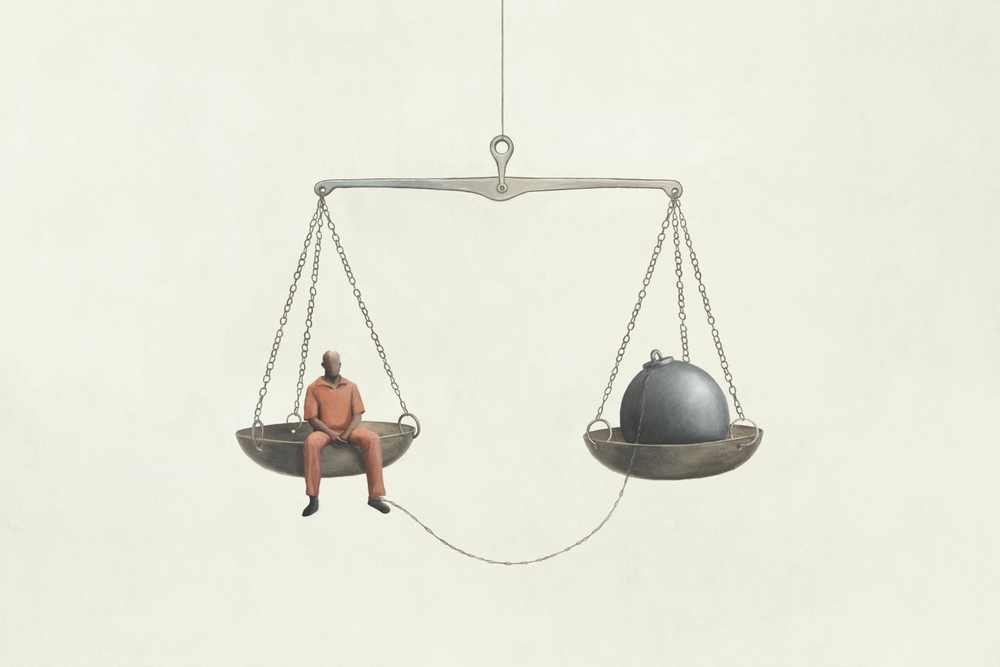
Clemenceau wanted harsh guarantees: reparations, demilitarization, and punishment. Lloyd George was torn between public calls to squeeze Germany and his own doubts about excessive revenge.
Also read
Wilson, in contrast, proposed his Fourteen Points, calling for open diplomacy, free trade, disarmament, and national self-determination.
A treaty built on punishment
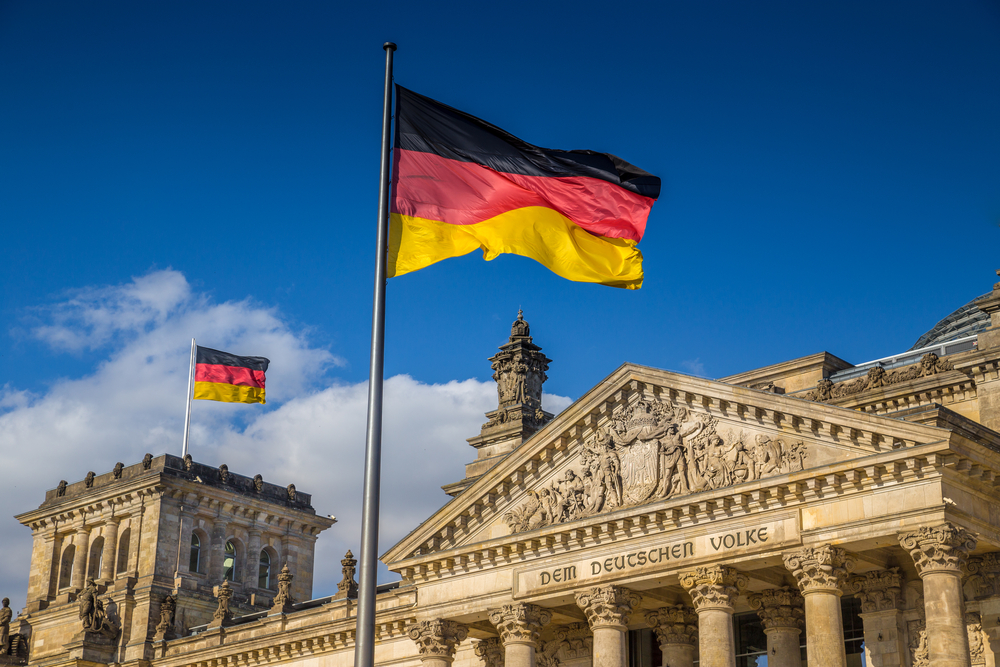
Germany was excluded from the negotiations and forced to accept full responsibility for the war. The treaty stripped the country of 13% of its territory and 10% of its population.
It lost all colonies, was banned from uniting with Austria, and had to pay massive reparations. Its army was limited to 100,000 men with no tanks, aircraft, or submarines.
Redrawing europe’s borders
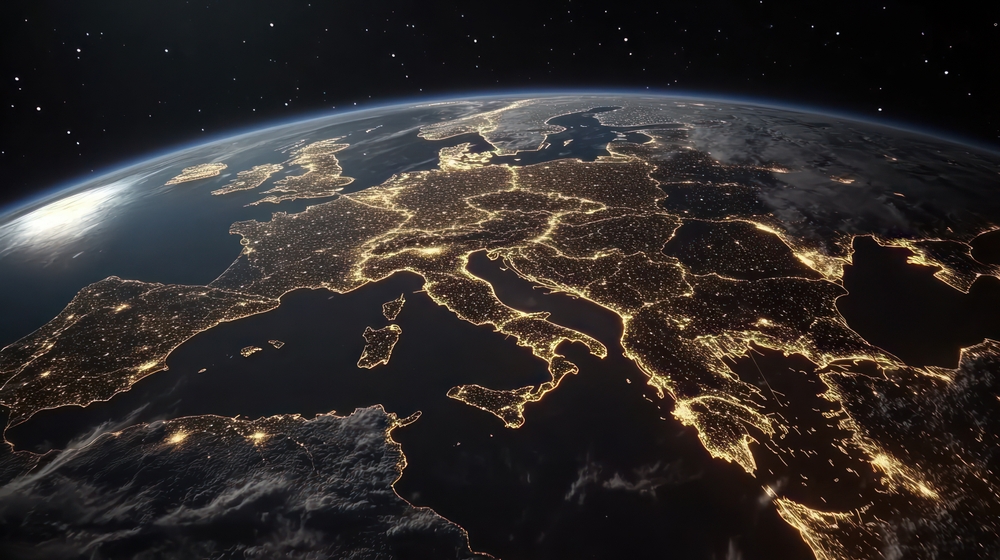
The treaty redrew the map of Europe. Alsace-Lorraine returned to France. Northern Schleswig voted to join Denmark.
Poland was re-established and given access to the sea through the Polish Corridor. New states — Czechoslovakia, Yugoslavia, and others — emerged from the ruins of old empires, often with uneasy ethnic divides.
Also read
Wilson’s dream and its collapse
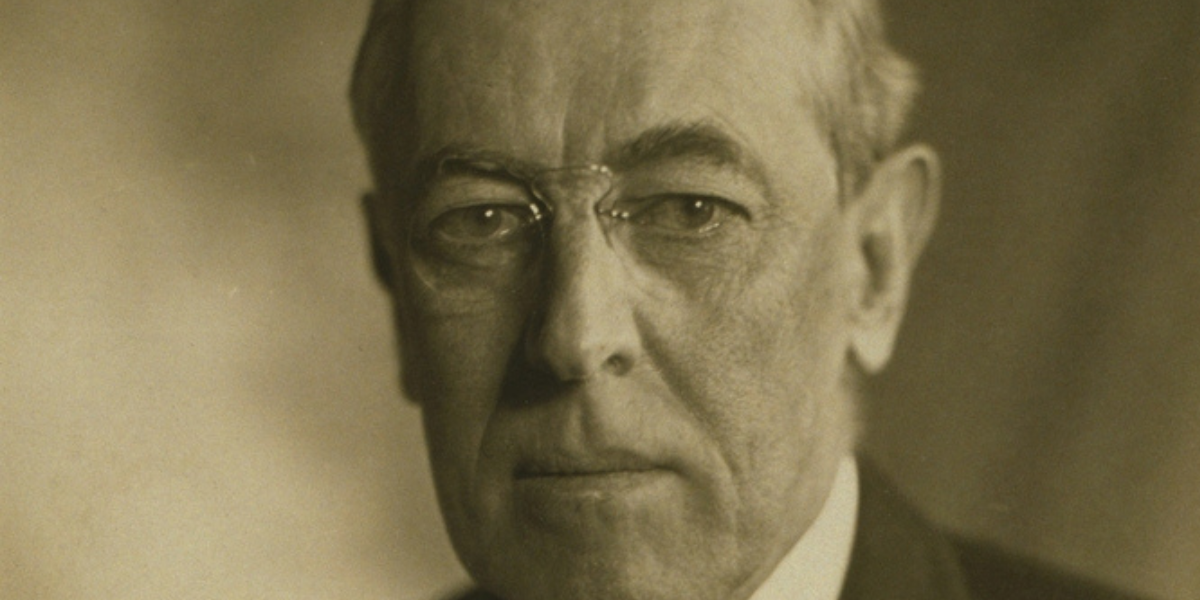
President Wilson hoped his League of Nations would safeguard peace. Yet when he returned home, the U.S. Senate rejected membership.
Disillusioned and in poor health, Wilson retired from politics and died a few years later. His vision of collective security collapsed before it began, leaving Europe without American backing.
The seeds of the next war
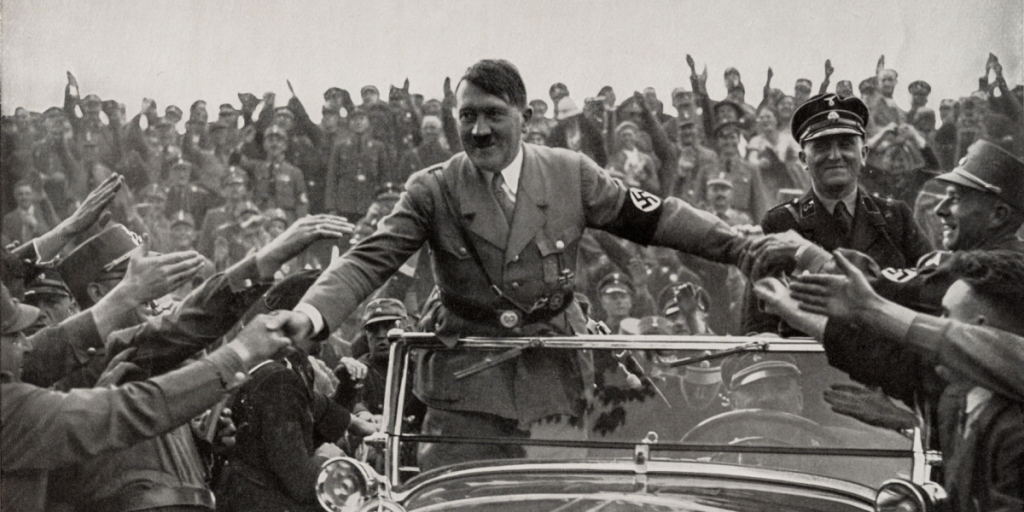
To many Germans, Versailles was not peace but humiliation. The myth spread that Germany had not been defeated on the battlefield but was stabbed in the back by traitors at home.
This sense of betrayal fueled resentment and helped extremists — notably Adolf Hitler — gain support in the years that followed.
Revolutions and unrest
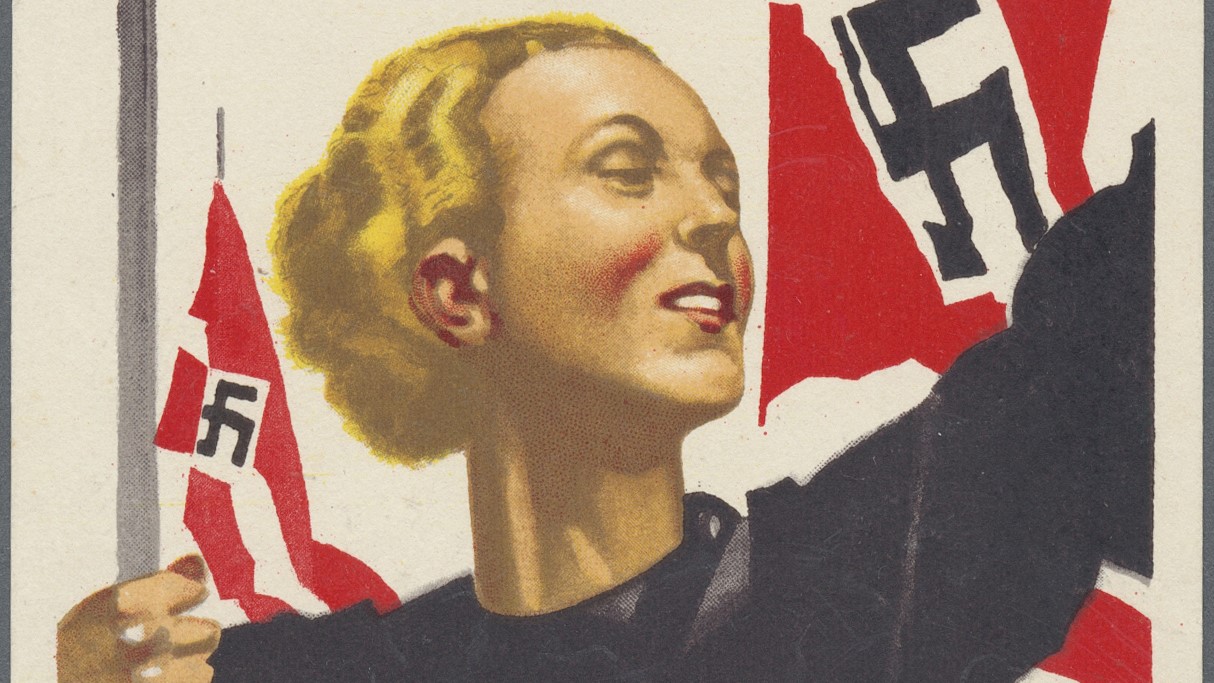
Across Central and Eastern Europe, instability spread. Civil war raged in Russia, and uprisings flared in Germany and Hungary.
Also read
The principle of national self-determination inspired new independence movements but also ignited ethnic conflicts, some of which still linger today — from the Balkans to the Middle East.
Global consequences
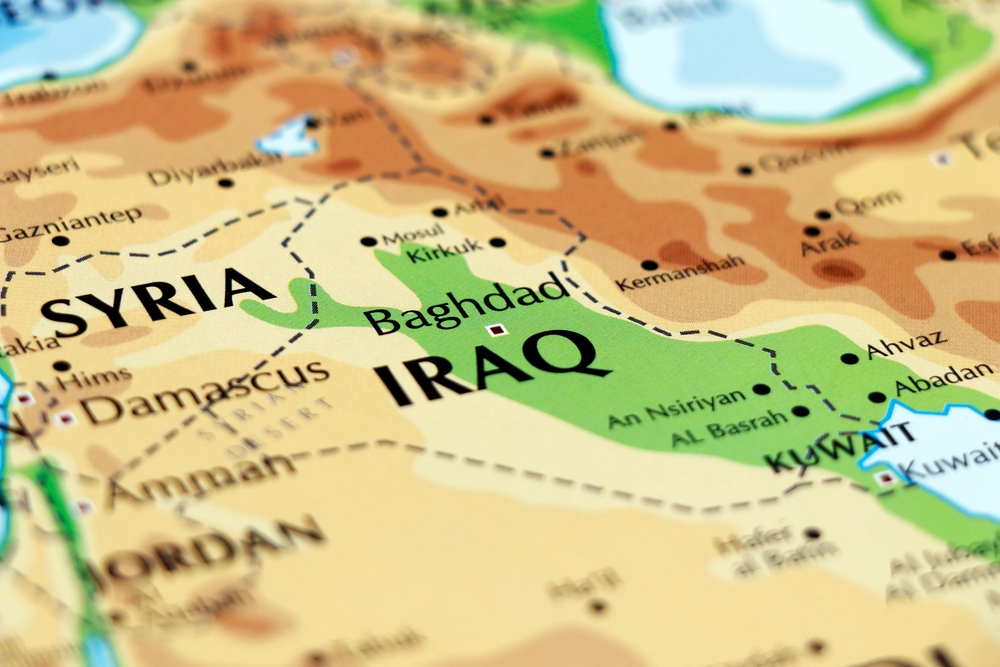
Versailles reshaped regions far beyond Europe. In Paris meeting rooms, colonial powers drew arbitrary borders in the Middle East, creating new nations such as Iraq under British supervision.
These lines, often made with rulers on maps, ignored ethnic and religious realities — planting the roots of many modern conflicts.
Lessons from failure
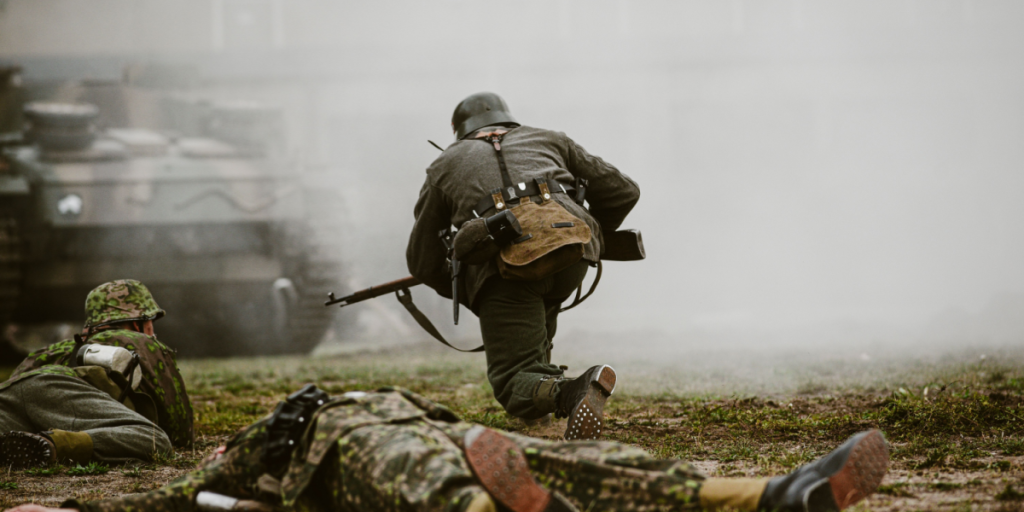
The treaty’s harshness and its moral contradictions showed how victory can sow the seeds of future wars.
Historians still debate whether Versailles made another conflict inevitable, but most agree it failed to balance justice and reconciliation.
Also read
Within just twenty years, Europe was again at war — this time at an even greater scale.
Understanding the shadows of Versailles
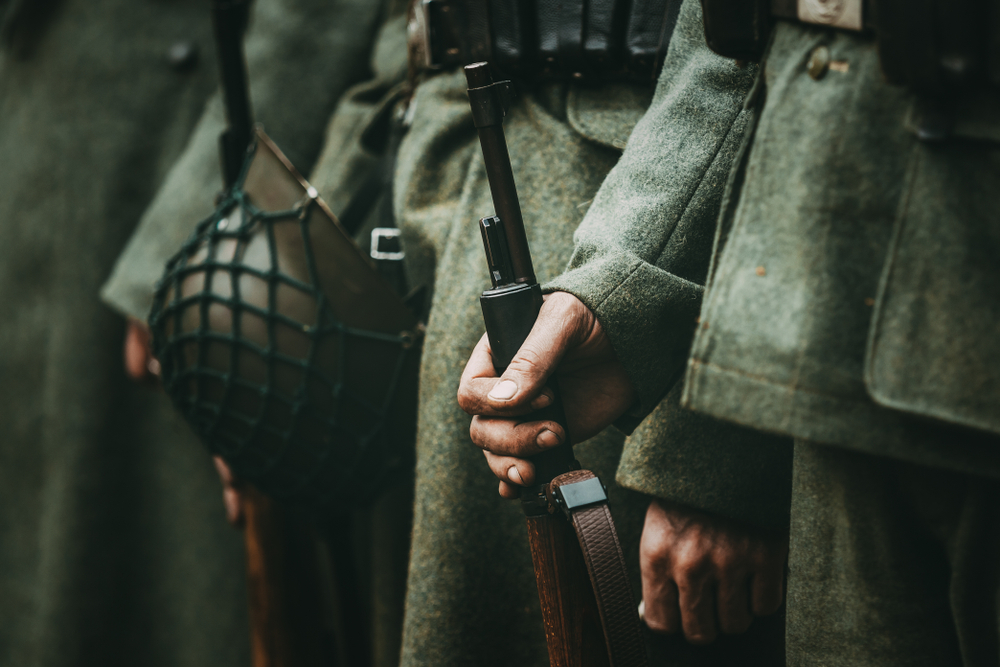
The Treaty of Versailles stands as a cautionary tale. It reveals how arrogance and short-term politics can turn triumph into tragedy.
From the wars in the Balkans to the borders of the Middle East, its legacy continues to echo. A century later, Versailles reminds us that lasting peace requires magnanimity as much as victory.

